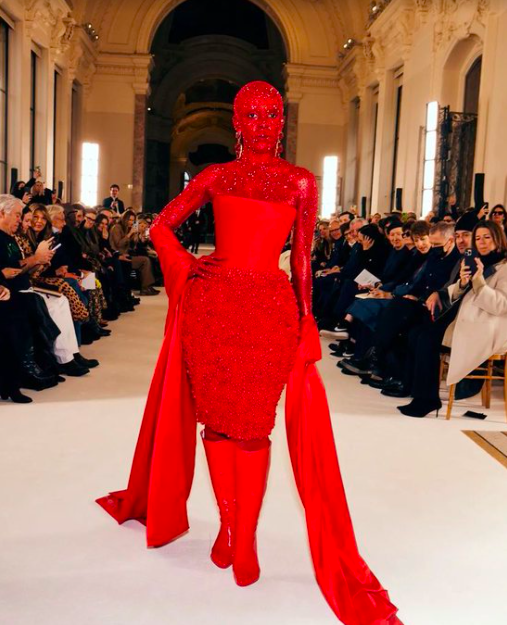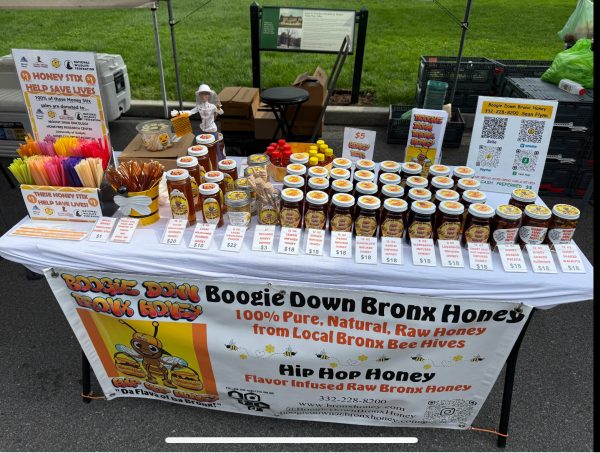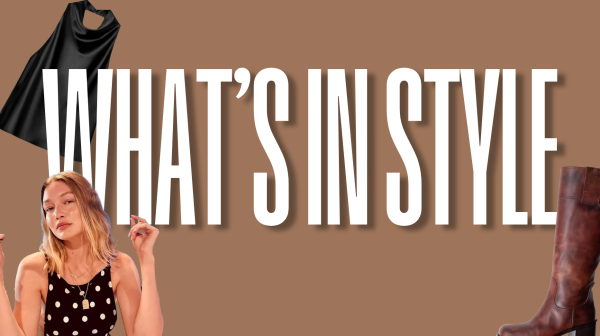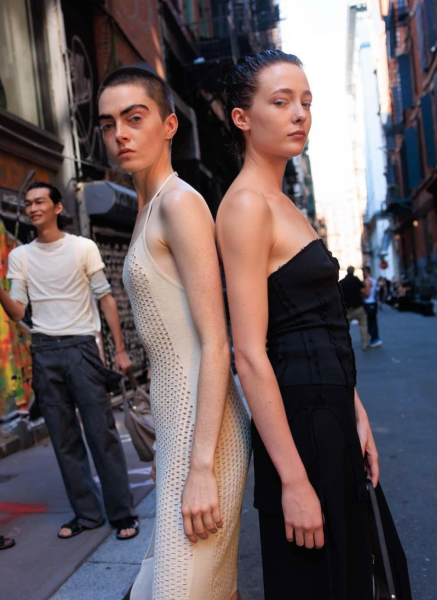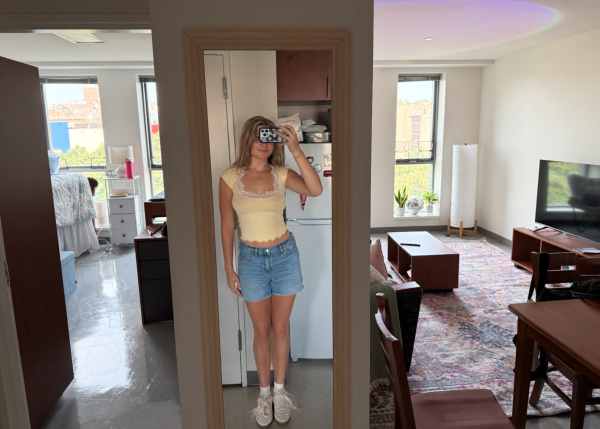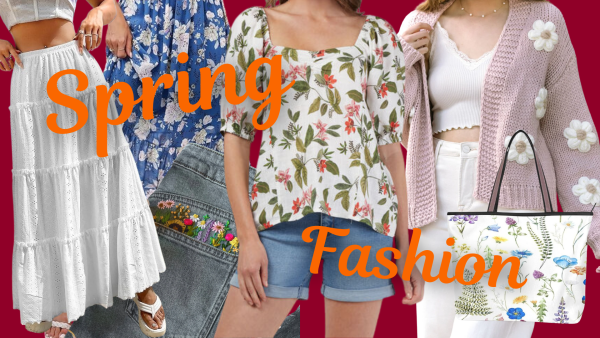Paris, Couture and Diamonds, Oh My!
Fashion Week, as Google will tell you, began in 1943 in New York as “Press Week.” It was a chance to give fashion buyers alternatives to French fashion viewing during World War II, when workers in America’s fashion industry were unable to travel to Paris. This is true. However, Fashion Week doesn’t happen without fashion shows, and it should come as no surprise that fashion shows began even earlier in Paris.
The Paris Haute Couture Week we’re so familiar with critiquing on social media (and, if you’re a Manhattan resident, seeing in our backyard) wasn’t always so public. Shows hosted by major fashion houses like Schiaparelli and Chanel in the ’20s were private, individual affairs where photography wasn’t allowed and the only audience members were the brands’ clients. Anxiety about designs being stolen was so high that shows didn’t become the theatrical, rocket-launching displays Chanel produces today until 1947.
Paris Fashion Week is synonymous with one trait: drama. Whether it’s a handcrafted lion or an upside-down gown, the point of the often outlandish displays isn’t to dictate what one should or should not wear. That debatable interpretation is attached to France’s “prêt-à-porter,” or Ready-to-Wear Runways. Haute Couture means high dressing, high sewing or, in most cases, high fashion. It’s, as Vogue describes, walking art.
Haute Couture’s purpose is to demonstrate the creative message or vision behind a brand that influences their ready-to-wear products. In turn, attendees always try to abide by the show’s unspoken request to demonstrate that they, as the audience, understand the art of dress enough to witness the production. This courtesy brings in the supposedly outlandish, crazy-enough-to-be-genius ensembles that are immortalized on social media and in magazines. You could take four hours to adorn your entire body in 30,000 red Swarovski crystals, sit front row and your choice would almost be expected. Almost. But even Doja Cat’s sculpture-inspired collaboration with designer Daniel Roseberry turned as many heads as the runway show itself when she entered as an audience member. It’s not often we see a sparkling beacon of ruby red in the form of a person, even sitting front row at a fashion show, which easily made her full body adornment a standout.
This season, from Jan. 23-26, many designers of luxury fashion houses hosted shows across Paris. The spring 2023 season was defined by bold, theatrical displays, a range of models and comeback brands. The week kicked off with controversy at Elsa Schiaparelli’s show, where creative director Daniel Roseberry sent familiar supermodels Shalom Harlow, Irina Shayk and Naomi Campbell strutting down the runway in life-size animal heads attached to otherwise simple dresses. Concerning? Perhaps. The convincing nature of the foam replicas raised uncomfortable questions among viewers who were unaware of the garments’ materials and even more backlash from social media advocates, who found the dresses to be making light of animal cruelty in trophy hunting and make-up testing. This is Paris Fashion Week. It would have been less surprising to see actual, live animals walk the runway alongside the models, but Schiaparelli and its models have publicly stood by the outfits, claiming that the purpose of the clothes was to make people angry. The lion, the wolf, and the leopard stand for pride, avarice and lust, all contributing factors to the hunting of these beautiful animals. Now that People for the Ethical Treatment of Animals has openly supported the designs and their effective ability to stimulate poaching awareness, you may want to revisit the possibility of a simple window display on Fifth Avenue pulling a reverse psychology lesson on you.
High fashion has deeper meaning and is constructed with more cultural complexity than ready-to-wear. There’s a moral statement, political undertone and foundational belief in every presentation, as evidenced by Schiaparelli. Haden Ackermann’s couture debut under Jean-Paul Gaultier’s house encompassed all three components. The orchestration of his show, from the pieces to the soundtrack, was inspired by his passion for women’s rights in Iran and Gaultier’s history as a brand of humanitarian advocacy.
One brand made an even larger statement. A statement you may have to turn your head to understand. Victor & Rolf saw an opportunity in Paris and took it in the form of 18 upside-down, diagonal, even impaling dresses that quite literally wore the models. According to the designers, the models are a vessel for art, merely a mode of transportation for the clothing. The way in which we put it on doesn’t change that fact, which, despite the way it was presented, is a principle that applies to our styling of ready-to-wear clothing. If you’ve ever felt like wearing a skirt as a shirt or tying a bandana around your neck instead of your head, that urge came from what couture designers like Victor & Rolf aim to illuminate about your fashion tendencies; that changing the expected shape of your clothes is encouraged.
At Paris Haute Couture Week, the theatrics don’t stop at hidden meanings or lessons of the art of dress. Sometimes they simply add to the grandeur of the presentation. This year, Thom Browne’s collection featured a bright pink 3D mesh car, carried in the air by four male models while a female model danced down the runway on the inside. Surprises are a natural part of sitting in on a show, but there’s always a place for fashion minimalists as well. For instance, if you’re looking for more understated statements, look no further than Dior’s collection, inspired by the linear gown shape of the 20s and accessorized with kiss curls in every model’s hair. Even Giorgio Armani’s collection emphasized the benefit of “less is more” in his harlequin-inspired presentation by choosing a color palette of soft pastels instead of the usual harsh monochrome patterns that comprise the clown aesthetic.
Some people don’t care for it. Some will say it’s not for everyone. But fashion is universal. It comes from vision, individuality and creativity, which are characteristics everyone has to an extent. The art of dress is similar to any visual art, in that it sparks so many different types of conversations in a small space. In Paris, that space is only for the big conversations, the ones that define trends, form a new perspective and change the way we see our clothes. Now, keep your eyes on the runway because New York Fashion Week is next. And the afterparties? That’s another article entirely.





































































































































































































